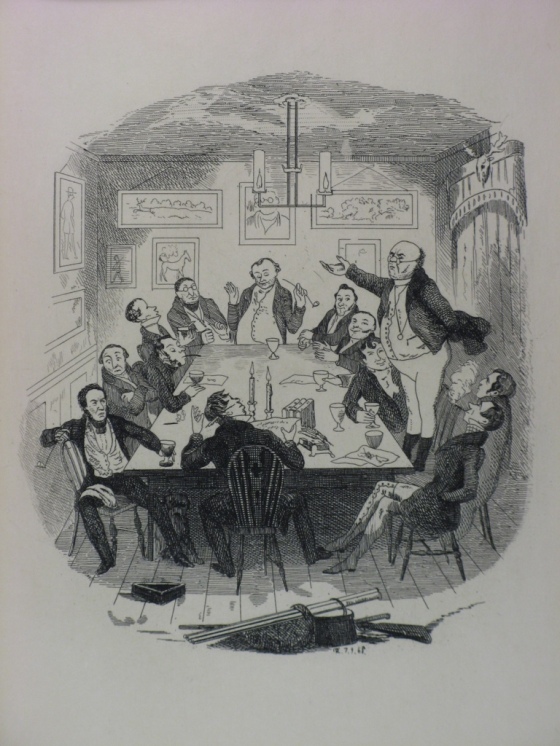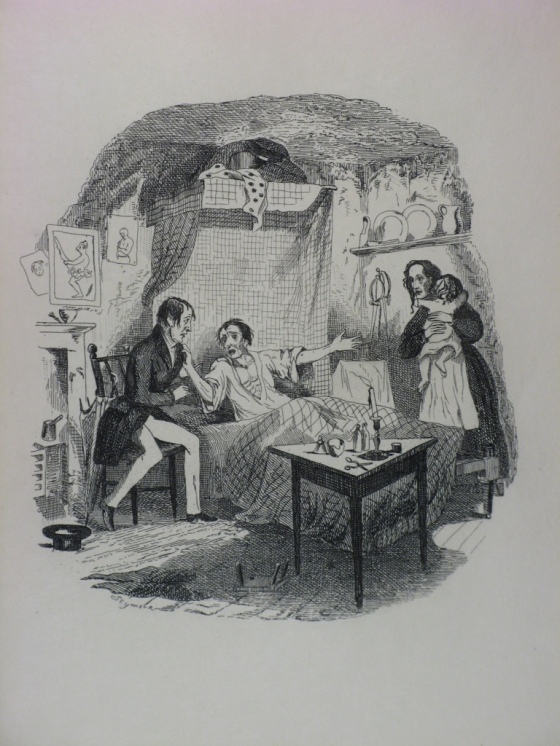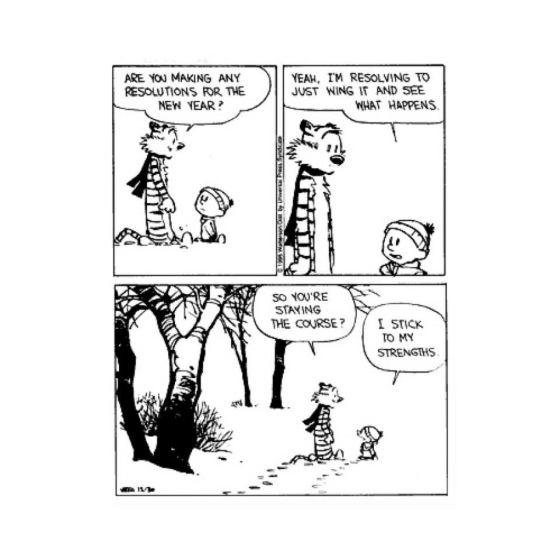For those that don’t know me really well, I’m a huge comic strip fan. Those illustrations, found in the back of papers, with their humor, satire and truths always make me smile. My favorites include ‘Calvin and Hobbes’, ‘The Peanuts’, and so many more.
‘Calvin and Hobbes’
The enjoyment of illustrations, dates back to days long before comic strips. To times long ago when artist slaved and tormented over engravings of mostly political satire, and sporting humor. One such illustrator an artist by the name of Robert Seymour made quite a name for himself in the 1820’s and 30’s in the British papers.
At the youthful age of 24 in 1822, Seymour found his work accepted by the Royal Academy. Shortly following his artistic success he was engraving illustrations for the publishers Knight and Lacey. Among Robert’s work was works showing comedy, poetry, melodramas and even children’s stories. Much to his dismay Knight and Lacey went bankrupt, still owing Robert Seymour quite a pittance. Leaving him in substantial debt.
However, as his work had found popularity, he was soon working for Chapman and Hall publishing. This was a big move in his career as his work grew even more in renown. Robert was selected to illustrate some sporting humor named ‘The Pickwick Papers’. A young hack writer was assigned to add the small text that in those days accompanied illustrations in publication.
 Robert Seymour’s depiction of Mr. Pickwick addressing the ‘Nimrod Club’….
Robert Seymour’s depiction of Mr. Pickwick addressing the ‘Nimrod Club’….
In no time at all, Charles, the hack of no reputation at the time garnered the attention of none other than the head publisher Edward Chapman. It was apparent that despite this young mans lack of fame and his young age of 22 there was greatness in his pen. This to the dismay of Robert Seymour brought about a most unpresidented change. ‘The Pickwick Papers’, and adventures of the members of the ‘Nimrod Club’, would be first written by Charles, then illustrated by Seymour. At the time this was an unheard formatting. Engravings were simply always sketched and then captioned by the hack, not the other way around as E. Chapman would insist.
Bringing us to Tuesday April 19th 1836, a day when after meeting with young Charles and publisher Edward Chapman, Robert Seymour spends laboring over an engraving. In the meeting the young writers elegance, genius, wisdom and way with words have shown Seymour just why in him Chapman has placed his confidence. After many hours of work, Robert completes the engraving. On his artist board resides ‘The Dying Clown’, a piece resembling possibly his own predicament of youth taking his place. With work done, behind his desk Robert Seymour takes a shotgun and blows off his own head.
 Robert Seymour’s last work ‘The Dying Clown’
Robert Seymour’s last work ‘The Dying Clown’
It’s always difficult to say for certain in situations such as this, but was the turmoil of the hack dictating his works just too much? Did pride stand to strong to allow him to illustrate this man’s words? Or was Robert Seymour just a lost tormented soul? Only a few things are certain, Seymour would have soon been president of the Royal Academy had he not taken his life. Most certain of all he firmly set his place in history as the man who illustrated the early writing of none other than the legendary Charles Dickens.
Dickens went on to finish ‘The Pickwick Papers’ and when completed and published in book form the following statement from Charles Dickens himself was included. “Mr. Seymour never originated or suggested an incident, a phrase, or a word to be found in this book. Mr. Seymour died when only twenty-four pages of this book were published, and when assuredly not forty-eight were written;”
“All of the input from the artist was in response to the words that had already been written;”
